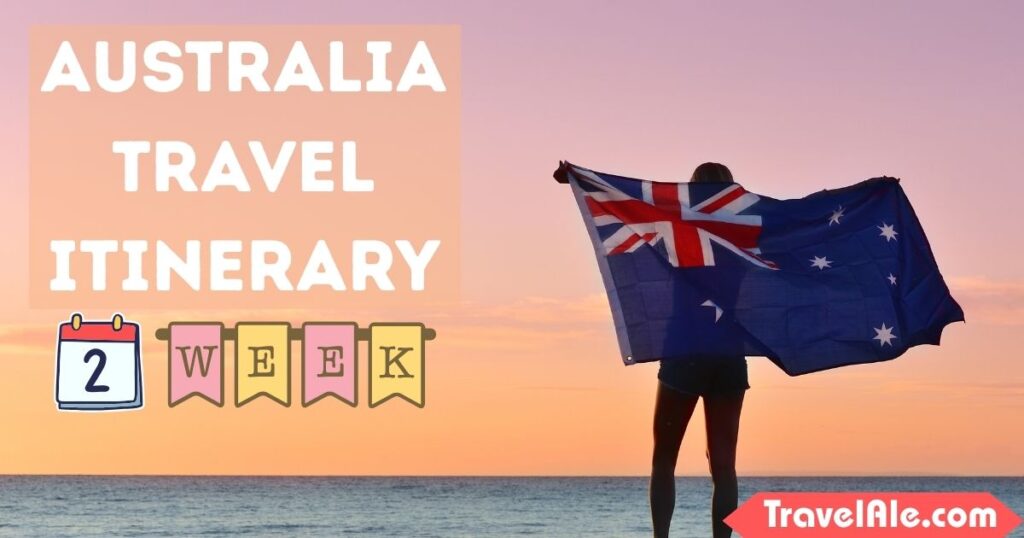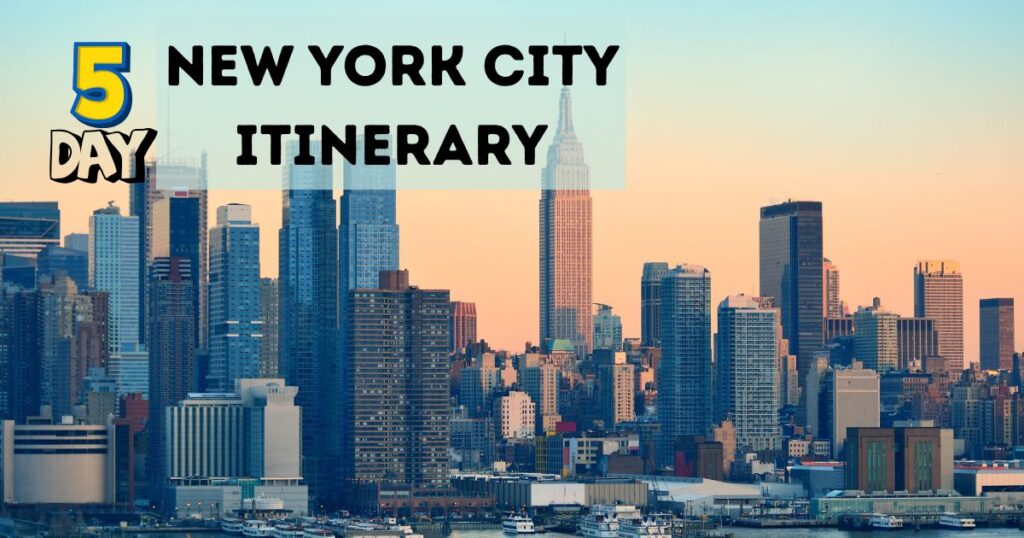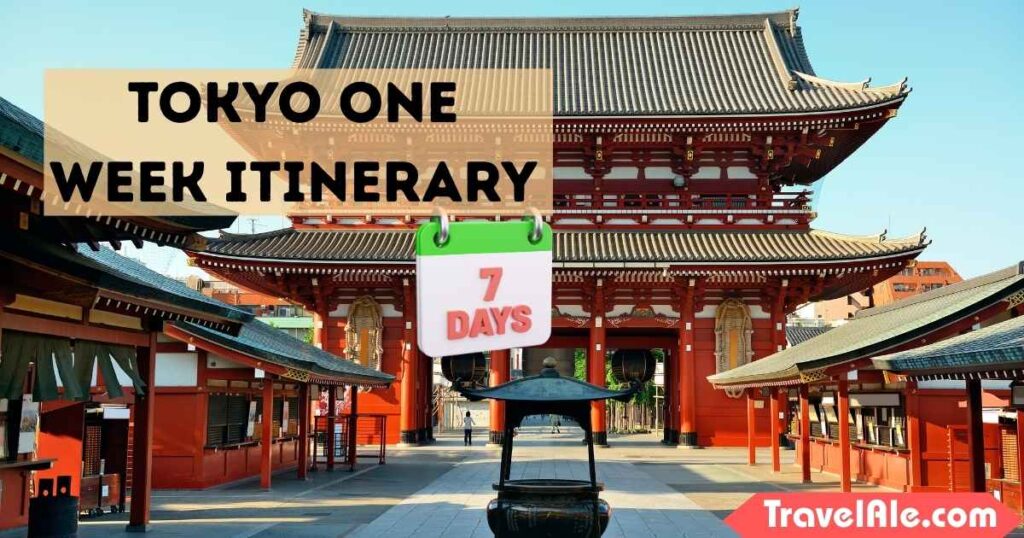Australia Travel Itinerary 2 Weeks
Last summer, my family and I embarked on a 14-day trip to Australia, starting on the 27th July. Despite it being Australian winter, the days were refreshing—cool mornings and nights warmed by the sun, making it ideal for exploration.
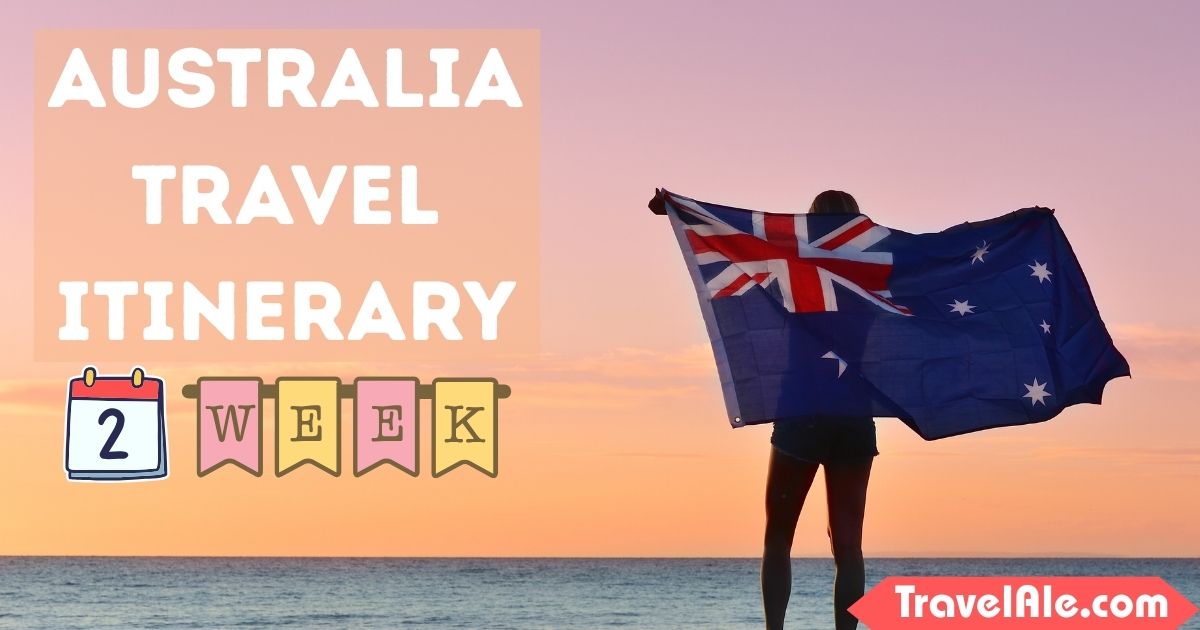
We hopped between dynamic cities like Sydney, Brisbane, and Melbourne, soaked in the Gold Coast’s stunning beaches, marveled at Uluru in the vast Outback, and indulged in the lush wine regions of Hunter Valley. For any traveler, two full weeks here feels just right—enough to experience the ultimate mix of urban charm and natural wonders.
What truly stood out was the vibe—locals were nice and well-mannered, making the laid-back lifestyle feel worlds apart from Europe. The food? Incredible. One of our drivers summed it up best: “In Australia, you can live two days in one.” Between work and hitting the beaches, the balance here is unreal—so much so, I even considered a move! If you’re planning your own itinerary, this Australia travel guide will help you craft the perfect two-week trip.
Australia Travel Itinerary 2 Weeks
Sydney: Where City Meets Coast (Days 1–4)
Kick off your 2 weeks in Australia with Sydney’s dynamic energy. Spend three days soaking up iconic landmarks like the Sydney Opera House, then unwind in neighborhoods like Potts Point with its trendy restaurants. Don’t miss:
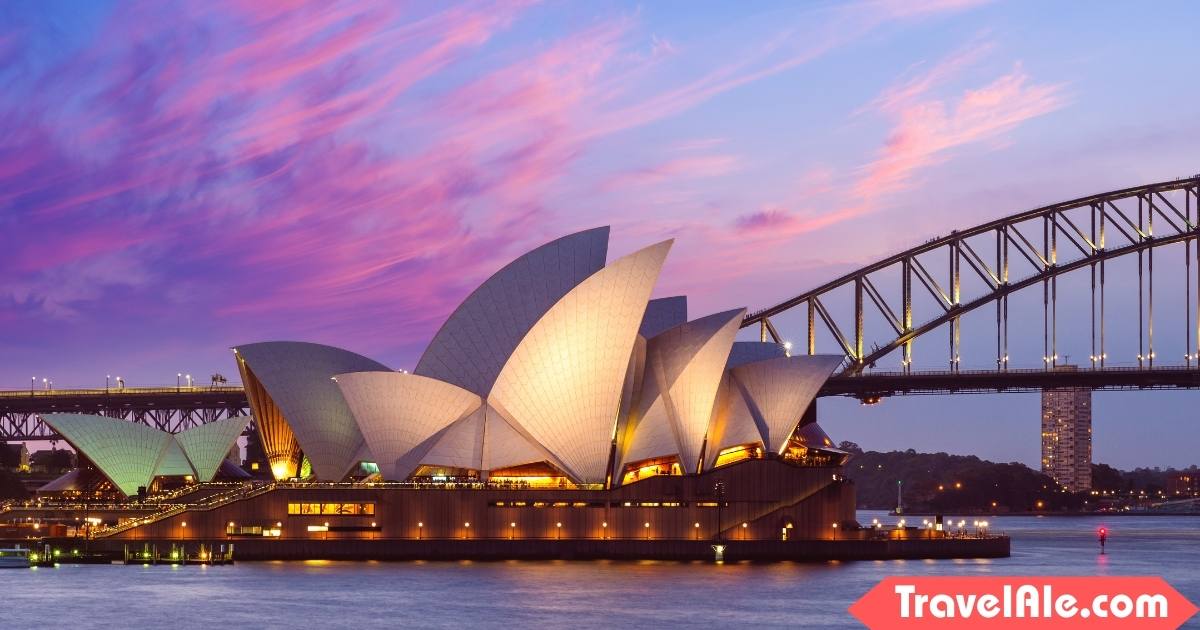
- A ferry to Watson’s Bay for fish and chips with Sydney Harbour views
- The Bondi to Coogee coastal walk, passing surfers and stunning beaches
- A day trip to Hunter Valley for wine tasting (book a small-group tour)
- Whale-watching cruises (May to September) or shopping at The Strand Arcade’s unique boutiques
Pro tip: Sunset at Mrs. Macquarie’s Chair offers the best breathtaking views of the skyline.
Uluru: Heart of the Outback (Days 5–7)
Fly into another world at Uluru (Ayers Rock), one of Australia’s best places for cultural experiences. The red desert landscape feels surreal after bustling city life. Stay at Ayers Rock Resort (options for all budgets) for two nights to:
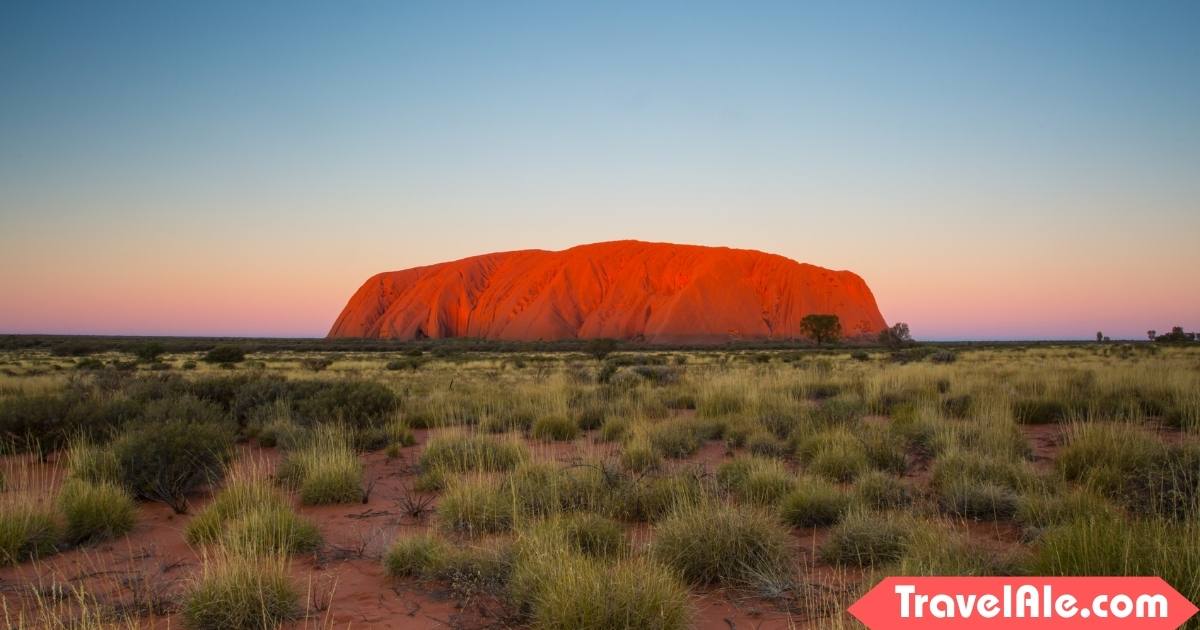
- Join a sunrise tour to watch the sacred monolith glow magical red
- Stargazing under the Milky Way—unpolluted by city lights
- Trek through Kata Tjuta (the Olgas)’s dome-shaped rock formations
Local insight: Aboriginal guides share stories of why these sacred rock formations are spiritually significant.
Brisbane & Gold Coast: Beaches and Beyond (Days 8–11)
Brisbane is a nice city to live, but visitors love:
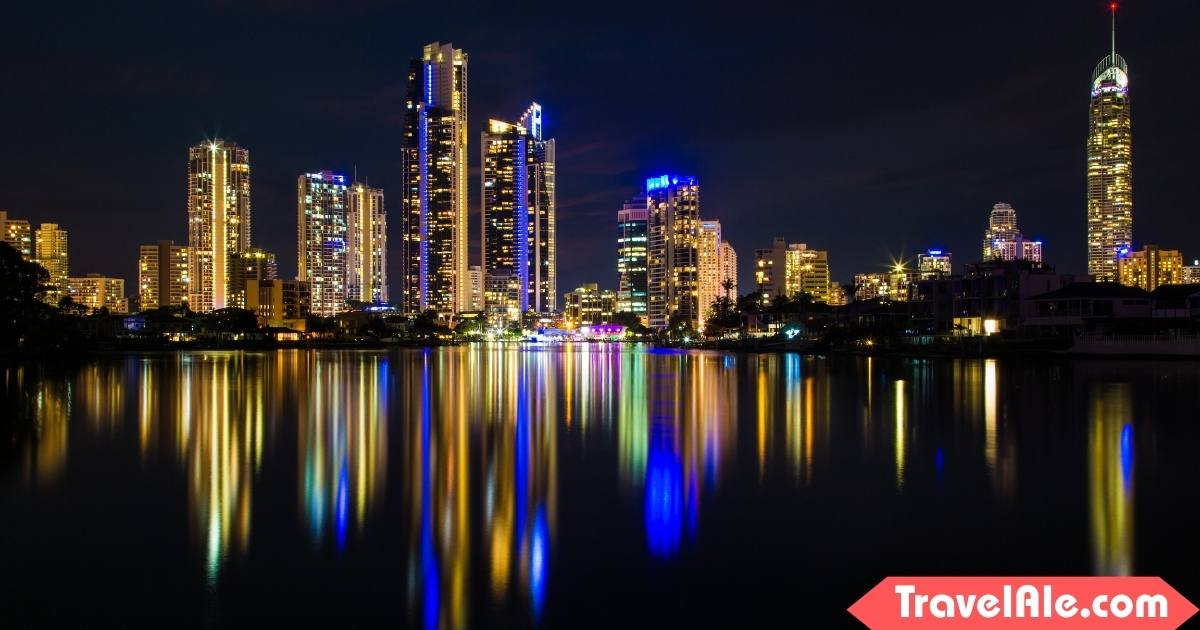
- South Bank’s riverside cafes (try Greca for Greek restaurant vibes)
- Day trips to Moreton Island (snorkeling) or Stradbroke Island (whale watching)
Then hit the Gold Coast—where lively towns meet lush hinterland:
- Surfer’s Paradise’s buzzing energy vs. Broadbeach’s relaxing coffee spots
- Burleigh Heads for ocean vistas and trendy cafes
- Road trip essentials: Tamborine Mountain’s waterfalls or Springbrook National Park’s rainforests
Melbourne: Culture with a Side of Wine (Days 12–14)
End in Melbourne, where European influences blend with a unique flavor:
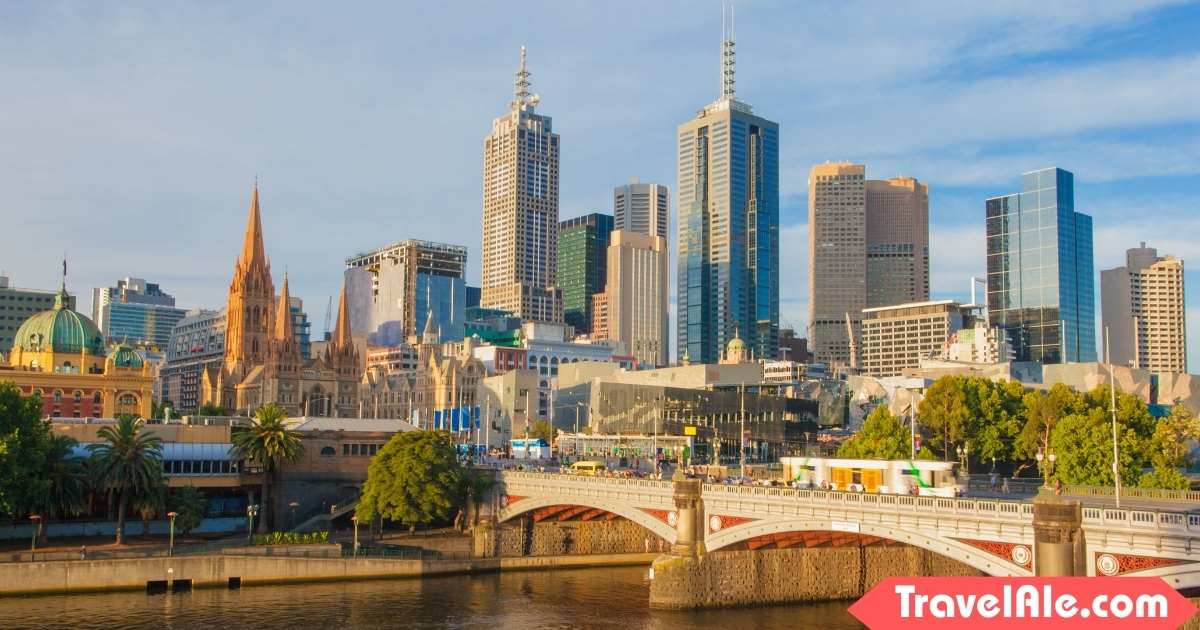
- Start mornings with a flat white at Brunetti Classico (a Lygon Street institution)
- Get lost in laneways like Hosier Lane’s street art and AC/DC Lane’s hidden gems
- Fitzroy’s vintage stores and vibrant brunch spots are perfect for lazy afternoons
- Cap nights with fine dining at Southbank or Yarra Valley wine tasting (award-winning wineries await!)
Bonus: Take the tram to St. Kilda for sunsets or Brunswick Street for nightlife.
Australia Travel Itinerary 2 Weeks: Essential Planning Guide
When to Visit Australia (Seasons & Weather)
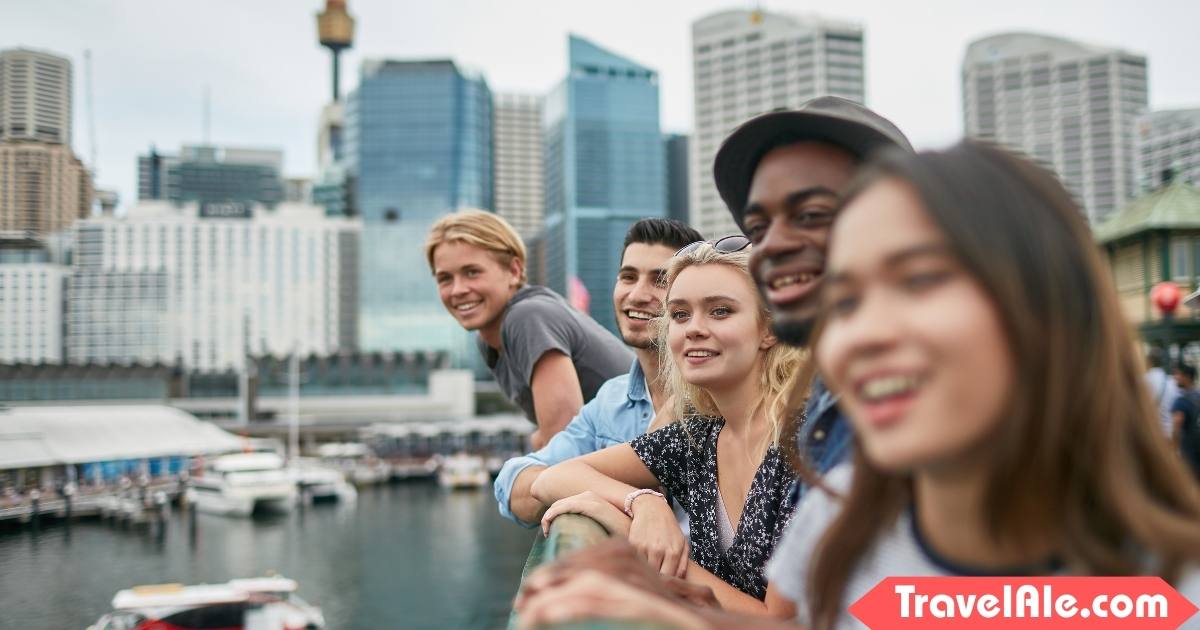
- Winter (June-August): Perfect for Sydney and Melbourne with crisp mornings and sunny afternoons. Best for Outback trips to Uluru (cooler weather, amazing Milky Way visibility). Even Gold Coast stays lively with surfers enjoying milder conditions.
- Spring (September-November): Parks in full bloom, ideal temperatures for Great Barrier Reef snorkeling. Wine lovers—head to Hunter Valley or Yarra Valley as vineyards awaken.
- Summer (December-February): Beach season! Hit Bondi Beach or Tasmania’s pristine shores. Avoid inland regions (like Uluru) due to extreme temperatures.
- Autumn (March-May): Underrated gem! Great for Great Ocean Road drives and Margaret River wines. Cities buzz with cultural festivals amid refreshing chill.
Australia’s Massive Scale: Travel Realities
Planning a two-week trip? Remember Australia is a continent—as big as the United States without Alaska! Flying time from Sydney to Uluru takes three hours (or 28 hours driving). Focus on highlights: vibrant city life, spiritual Outback, and cultural buzz. You’ll barely scratch the surface of this incredible destination.
Getting Around: Transport Tips
Use domestic flights (try Qantas/Jetstar) between major cities. In cities, public transport (buses, trains, ferries) works well. For Gold Coast or Yarra Valley, rent a car (drive on the left!). Ubers/taxis are widely available.
Budgeting for Your Trip
Australia is pricier, but smart choices help:
- Accommodation: $150–300 AUD/night for mid-range hotels
- Meals: 20–40AUD for casual dining; 70+ AUD for fine dining
- Activities: Uluru stargazing tours cost $100–200 AUD
- Transport: Domestic flights range $100–300 AUD
Visa Requirements
- Most travelers need a visa. The process is straightforward:
- Visit the Australian Department of Home Affairs website
Choose between:
- ETA (Subclass 601): $20 AUD, 3-month stay (for U.S./Canada/Singapore)
- eVisitor (Subclass 651): Free for EU citizens
- Visitor Visa (Subclass 600): From $150 AUD (all nationalities)
Apply via ImmiAccount portal weeks before your trip.
Smart Shopping: Tourist Refund Scheme (TRS)
Claim back GST on purchases over $300 AUD:
- Shop at one retailer within 60 days of departure
- Keep receipts and carry items in hand luggage
- Use the TRS App to pre-fill details and save time at airports
